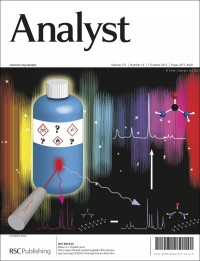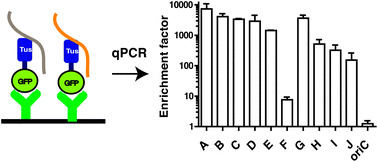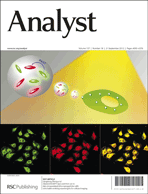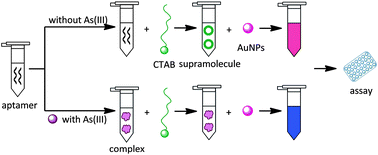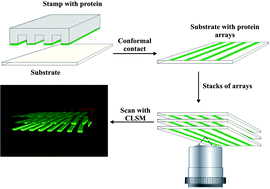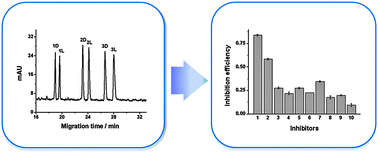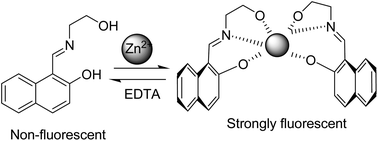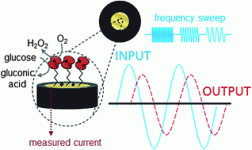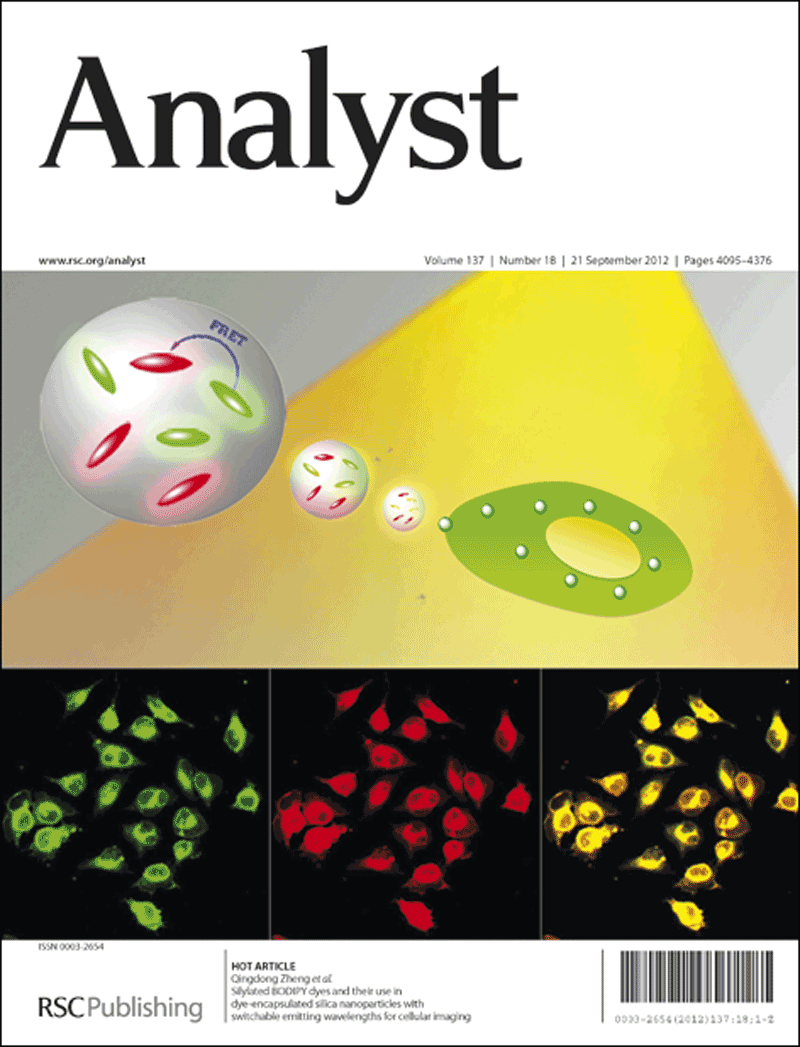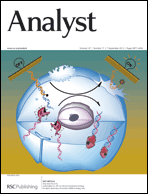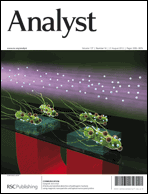Featured in the latest issue of Analyst are a handful of HOT articles, including a quickly responsive, and specific fluorescent assay for the detection of Au(III), a turn-on and reversible fluorescence sensor for zinc ions, and pH-activatable fluorescent probe which responds rapidly and sensitively to intracellular pH distributions and cellular pH fluctuations.
All these articles will be free to access until 7 September, and don’t forget to take a look at the covers of Issue 19 too.
Highly selective fluorescence turn-on sensing of gold ions by a nanoparticle generation/C–I bond cleavage sequence
Jihye Park, Sohee Choi, Tae-Il Kim and Youngmi Kim
Analyst, 2012, 137, 4411-4414
DOI: 10.1039/C2AN35351B
A turn-on and reversible fluorescence sensor for zinc ion
Hsiang-Yi Lin, Pi-Yun Cheng, Chin-Feng Wan and An-Tai Wu
Analyst, 2012, 137, 4415-4417
DOI: 10.1039/C2AN35752F
Development of a pH-activatable fluorescent probe and its application for visualizing cellular pH change
Rong Huang, Shengyong Yan, Xiaolong Zheng, Fengling Luo, Minggang Deng, Boshi Fu, Yijie Xiao, Xi Zhao and Xiang Zhou
Analyst, 2012, 137, 4418-4420
DOI: 10.1039/C2AN35671F
Endonuclease V-assisted accurate cleavage of oligonucleotide probes controlled by deoxyinosine and deoxynucleoside phosphorothioate for sequencing-by-ligation
Yanqiang Li, Zhiqiang Pan, Jing Tang, Dan Pu, Pengfeng Xiao and Zuhong Lu
Analyst, 2012, 137, 4421-4424
DOI: 10.1039/C2AN35595G
Sensitive detection of H2O2 and H2O2-related reactant with Ru(bipy)2(7,8-dimethyl-dipyridophenazine)2+ and oligodeoxyribonucleotide
Cen Xiong, Zhiyou Xiao, Manjun Zhang and Liansheng Ling
Analyst, 2012, 137, 4428-4434
DOI: 10.1039/C2AN35519A
Gold nanoparticles-based nanoconjugates for enhanced enzyme cascade and glucose sensing
Dongdong Zeng, Weijie Luo, Jiang Li, Huajie Liu, Hongwei Ma, Qing Huang and Chunhai Fan
Analyst, 2012, 137, 4435-4439
DOI: 10.1039/C2AN35900F












